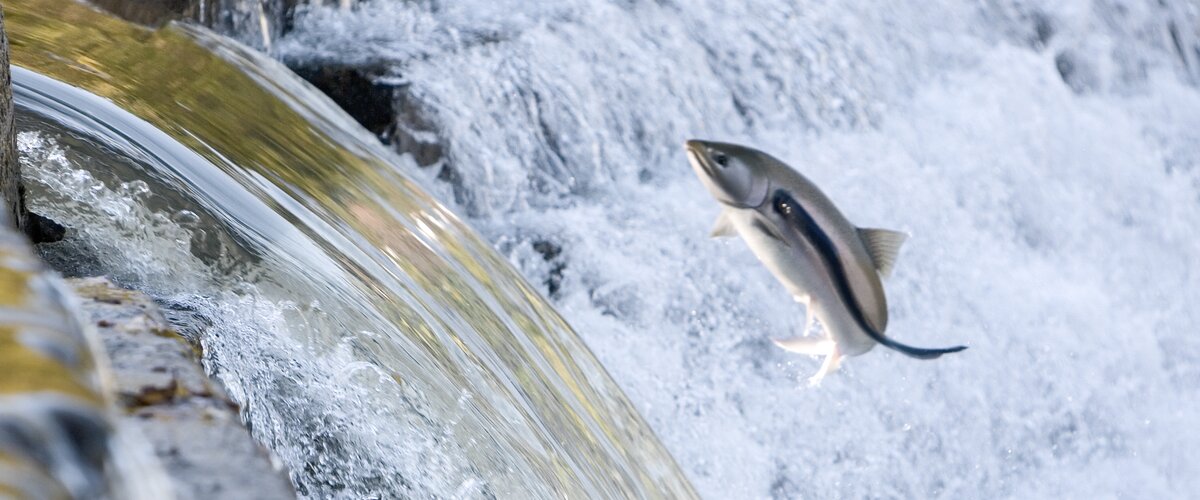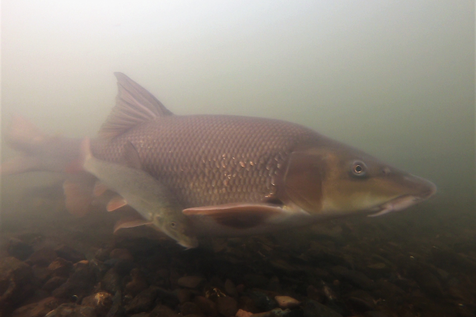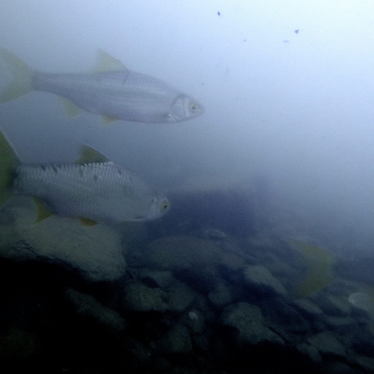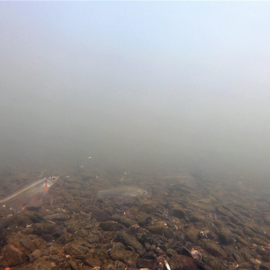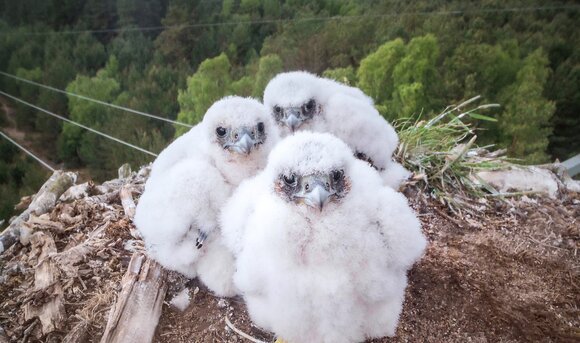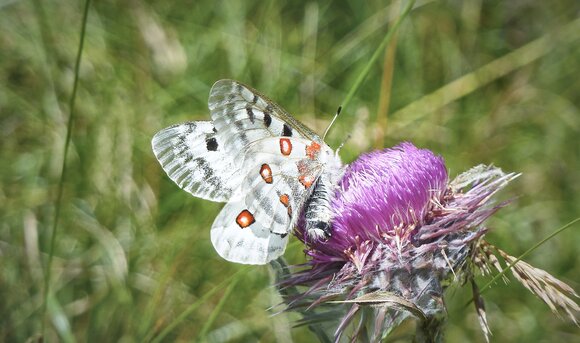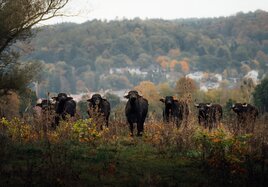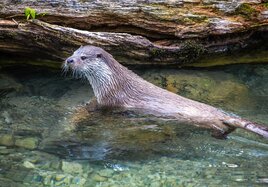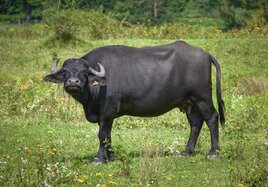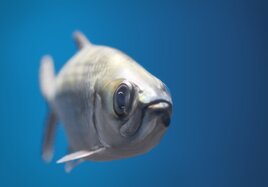The majority of rivers in Germany have been developed and straightened, which has significantly changed the communities of fish, plants and small animals in many watercourses. The renaturation of straightened river courses can restore the original river bed and banks.
For us at Deutsche Bahn, renaturation measures are more than mere replacement measures. After all, biodiversity is an asset worth protecting. That is why we are working on sustainable solutions for a diverse ecosystem. When we upgraded the Rhine Valley Railway in Baden-Württemberg, we improved conditions in the Elz, Kinzig, Dreisam and Schutter rivers and created species-appropriate habitats for fish whose numbers have declined, such as Atlantic salmon, chub, bleak and dace.
Fish ladders to help swimming
Fish like to return upstream to their habitual spawning grounds to lay their eggs. Often, however, their route is blocked by dams and waterfalls that were built in the past. To enable the fish once more to carry on with their natural migration, we build fish ladders in the water, for example on a section of the Schutter and on a section of the Kirnau.
Along the Kirnau we built several terraced basins made of boulders in consultation with the responsible water authority. With the help of these basins, a kind of ascent and descent system is being created to reduce the gradient. The fish can overcome the difference in height more easily and species that are susceptible to currents can also manage the ascent. This will provide the brown trout, bullhead and brook lamprey native to the Kirnau with numerous migration and retreat opportunities in future.
The measure is part of the renaturation project as part of the renewal of the railroad bridge over the Kirnau in Osterburken.
"Fish nursery" in the Nidda River
During work on the tracks between Frankfurt West and Friedberg, we rebuilt the bridge over the Nidda River in Bad Vilbel. Gravel banks had to be built up for the construction work. After finishing the work, we redistributed the gravel in the riverbed to create new spawning grounds and shallows for fish species such as barbel, roach, bleak and dace.
We also built a groyne in the river, a kind of dam that directs and regulates the river's flow. That results in areas where fish can rest during the spring migration to their spawning grounds.
Restoration in Praunheim and Eschersheim
An impact on the environment was unavoidable during construction of the new S-Bahn tracks in the Frankfurt West and Friedberg project, so we're creating habitats elsewhere to compensate. In Praunheim, for example, we're working with our partners to restore an old weir in the Nidda by converting the existing fish ladder into a ramp, strengthening the flow along the riverbed. And in Eschersheim, we're deepening and widening a 400-meter stretch of the Urselbach stream to improve its flow. With our restoration efforts, we're making a lasting contribution to biodiversity by ensuring that more fish can establish themselves there.
